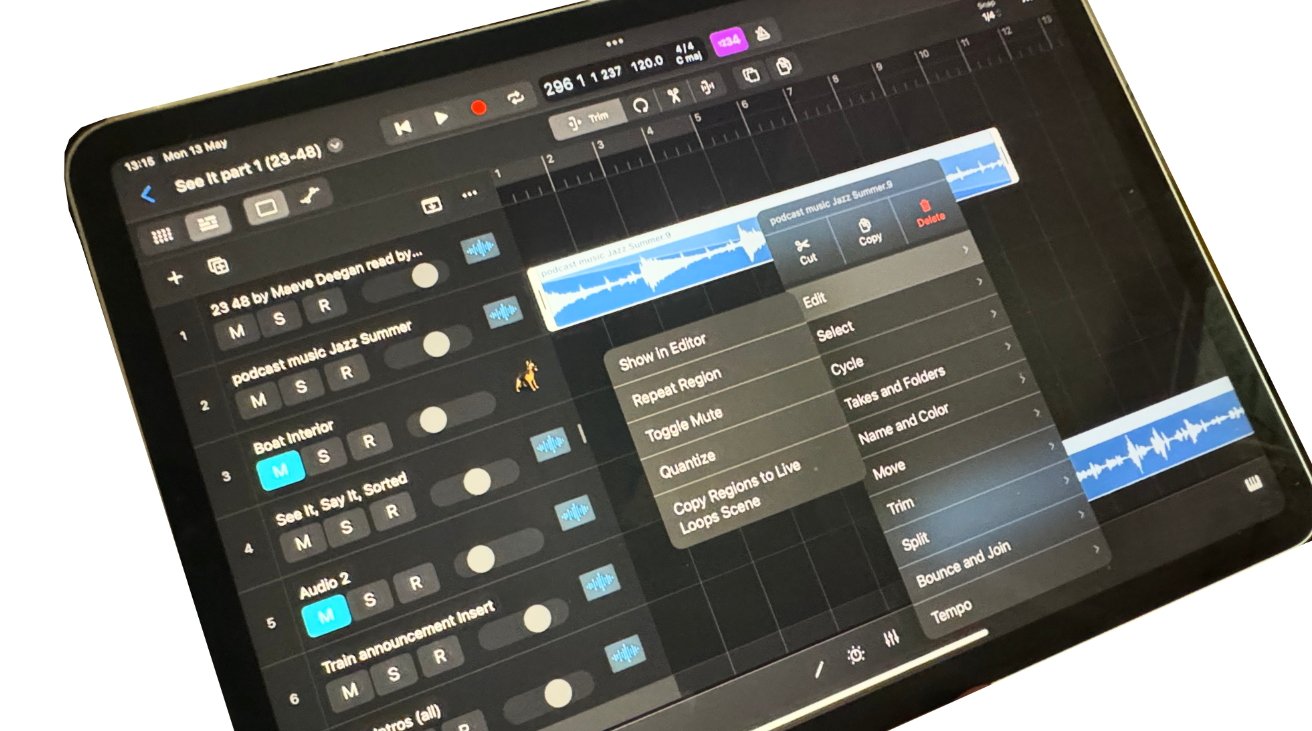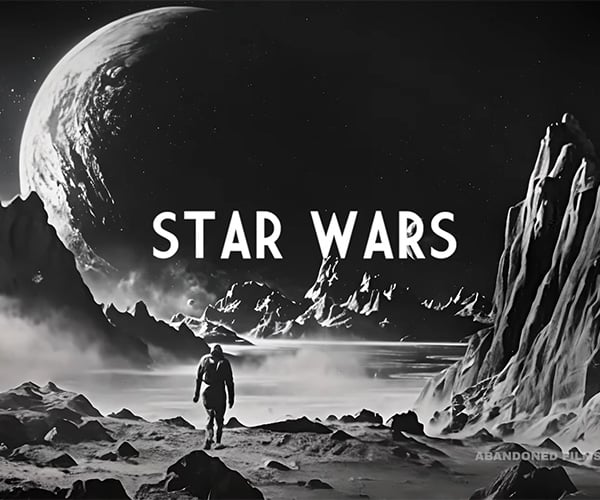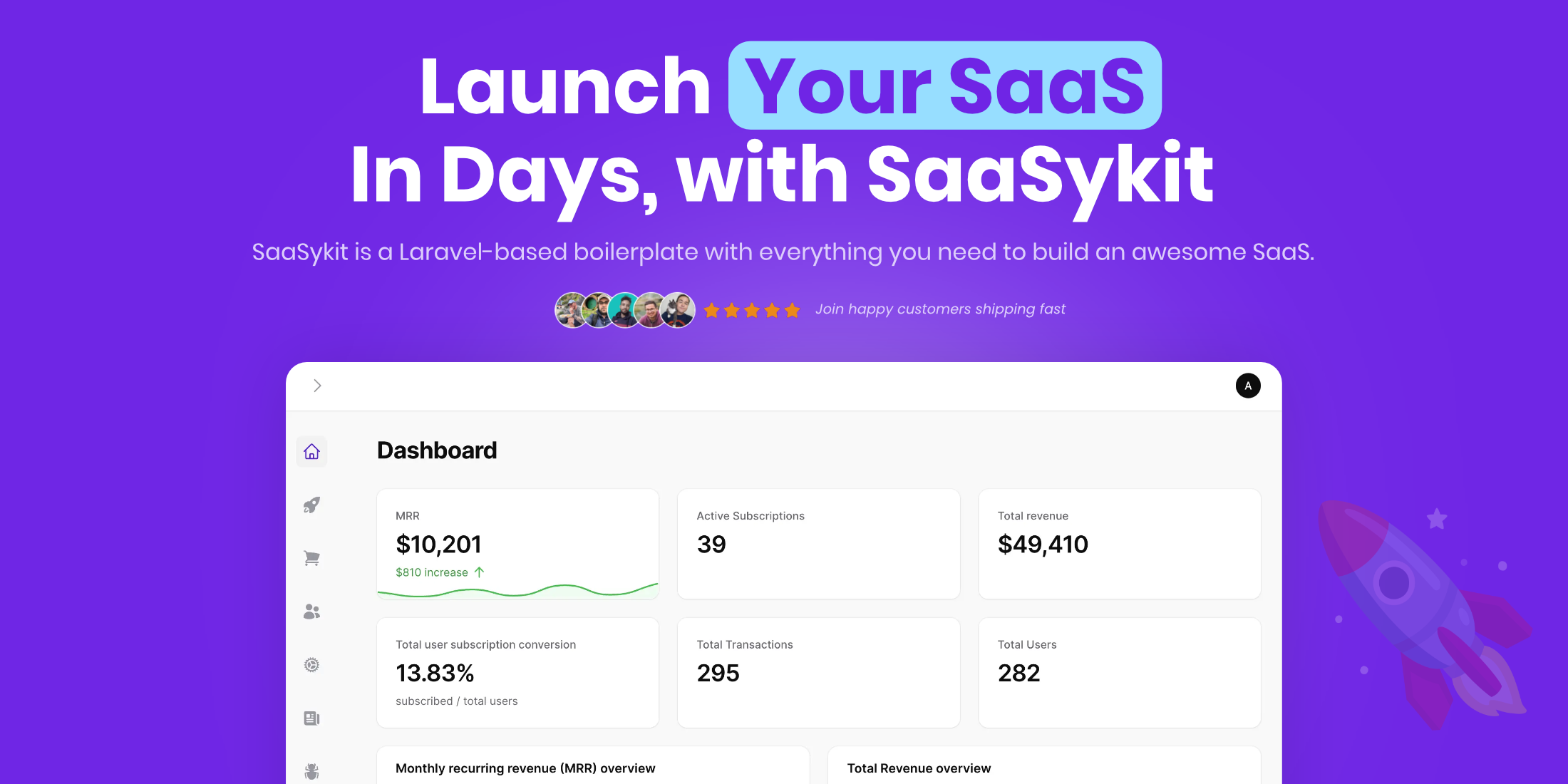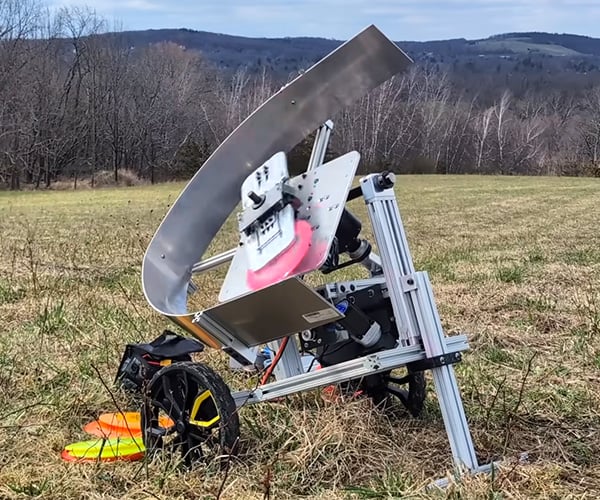https://s3.us-east-1.amazonaws.com/images.gearjunkie.com/uploads/2024/05/DSC07468.jpg

For 50 years, the Motorcycle Safety Foundation (MSF) has taught over 10 million riders safe riding skills on and off road. Just in time for summer, it offers an incredible opportunity to learn to ride, free of charge!
Learning to ride a motorcycle is a daunting task. Not only do you need access to a bike appropriate for total beginners, but you also need patient and proper instruction. This usually comes in the form of a buddy, family member, or significant other.
But believe me, it can strain even the strongest personal bonds! There is also the issue of safety gear, a significant financial ask for something that might ultimately not be for you.
The Motorcycle Safety Foundation
The MSF has been educating both new and experienced riders since 1973. Its process is rooted in field-based experimental research, which includes a 3.5-year study involving sensors and video cameras installed on privately owned motorcycles in four states.
Data such as steering inputs, lean angle, acceleration, braking, and all bike motions and surrounding traffic helped formulate the MSF curriculum. The MSF developed each course using a sequential “interactive and intergroup” process and vetted them through testing before they were public.
The national nonprofit organization is also involved with state motorcycle licensing. Over 30 states use MSF skills tests as part of the endorsement procedure, and over 40 states use the MSF’s Motorcycle Operator Manual as an official study resource for applicants. The MSF also partners with the military.
The MSF has over 2,000 training sites across the U.S. and operates an MSF Government Relations Office. This office promotes motorcyclists’ best interests before Congress, federal regulatory agencies, and state legislatures and agencies. It is also involved in many national forums regarding motorcyclist safety.
The graphic below outlines the MSF “360 Rider Training” program. It has 24 total RiderCourses.

Free Motorcycle Safety Foundation Ride Day
Learn to Ride: MOTO Intro
The MSF offers a free, 30-minute first-time ride experience. This includes the bike and safety gear (you will need your own over-the-ankle footwear, long pants, long sleeves, or a jacket). MSF RiderCoaches will guide you through basic motorcycle operation in the safety of a closed-course environment.
At the end of the introductory learn-to-ride experience, you will be able to start, stop, shift into first gear, and ride around the MSF course with control and confidence. You will learn all this on the simple oval course below.

SKILLS Check

If you already have a motorcycle license and own a bike, you can still gain skills and knowledge for free at an MSF Ride Day. RiderCoaches will provide and oversee advanced exercises, offering tips along the way.
In addition to your bike, you will also need a helmet, gloves, eye protection, over-the-ankle footwear, long sleeves, and long pants. The MSF staff will expect your bike to be in good working order and will inspect it before the exercises begin.
An example of a SKILLS Check course is below.

MSF Ride Day Schedule
The MSF Ride Day program started in March, with 28 events scheduled through September, making it an ideal summer outing. Courses are available in Alaska, Arizona, Colorado, Maryland, Nevada, New Mexico, New York, Texas, and Virginia. No RSVP is needed! Just show up and get a free introduction to what could be a lifetime outdoor pursuit!
I got my motorcycle license through the MSF 30 years ago. This led me to a professional career in motorsports, which continued on to my position as the Powersports editor at GearJunkie. You never know where a first ride experience may go! I cannot recommend the MSF enough; you never know where your first motorcycle experience may lead.
Check the schedule at the MSF website.
The post Learn to Ride a Motorcycle for Free: Here’s How appeared first on GearJunkie.
GearJunkie





